Number of Blocks:
- Crib 36
- Lap 48
- Twin 96
- Full 120
- Queen 144
- King 225
Sewing Instructions
Sew one light piece B to The center square using a 1/4” seam allowance. Press towards square.
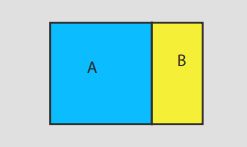
.
Sew one light piece C to piece A and B as shown. Press towards piece C. Use a square ruler to check accuracy. Make sure the block measures 3 1/2” square (includes seam allowance) at this point.
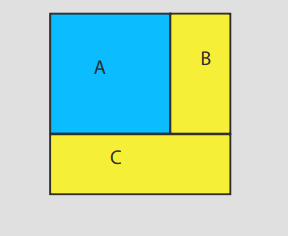
.
Sew one dark piece C to piece A and C as shown. Press towards dark piece C.

.
Sew one dark piece D to pieces C, A and B a as shown. Press towards dark piece D. Use a ruler to check accurancy. Make sure the block measures 4 1/2” (includes seam allowance) square at this point.
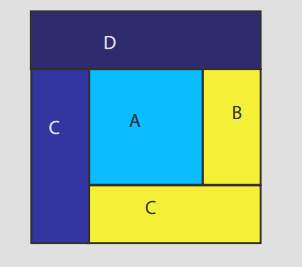
.
Sew one light piece D to pieces D, B, and C. Press towards piece D.
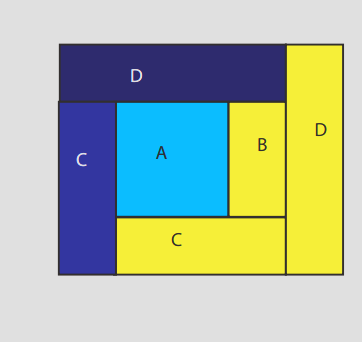
.
Sew one light piece E to pieces C, C, and D. Press towards piece E. Use a ruler to check accuracy. Make sure the block measures 5 1/2” (includes seam allowance) square at this point.
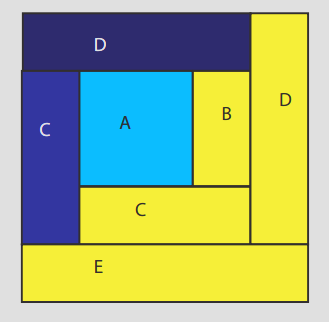
.
Sew on dark piece E to pices D, C, and E. Press towards dark piece E.

.
Sew one dark piece F to pieces E, D, and D. Press towards dark piece F. Use a ruler to check for accuracy. Make sure the block measures 6 1/2” square (includes seam allowance) at this point.
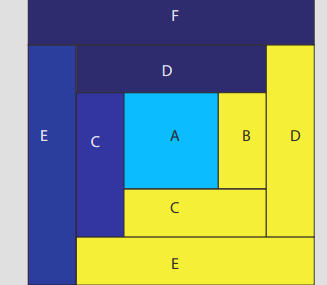
.
Sew one light piece F to pieces F, D and E. Press towards light piece F.d
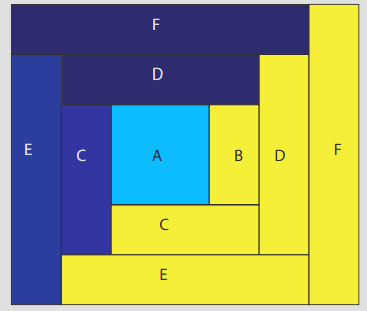
.
Sew one light piece G to pieces E, E and F. Press towards light piece G. Use a ruler to check for accurancy. Make sure the block measures 7 1/2” (includes seam allowance) at this point.
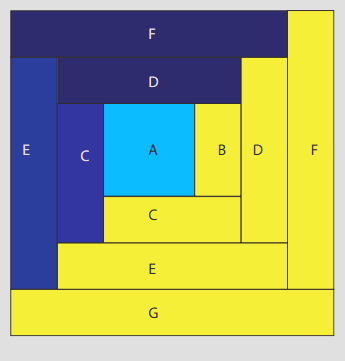
.
Sew one dark piece G to pieces F, E and G. Press towards dark piece G.

.
Sew one dark piece H to pieces G, F and F as shown. Press towards dark piece H. The block should now measure 8 1/2”. Check this measurement with a ruler.
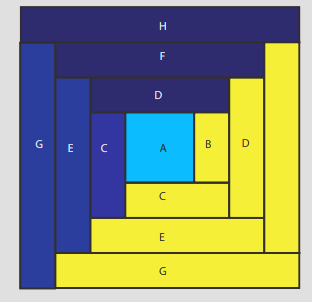
.
When all blocks are made, arrange them on a table, following the pattern on the front page. Start at the center and work out. Diferent size quilts will have more or less ‘rounds’. Sample below is for crib quilt.
Sew blocks together into rows. Press odd number rows to the left, even numbered rows to the right. Sew
rows together, press row seams open.
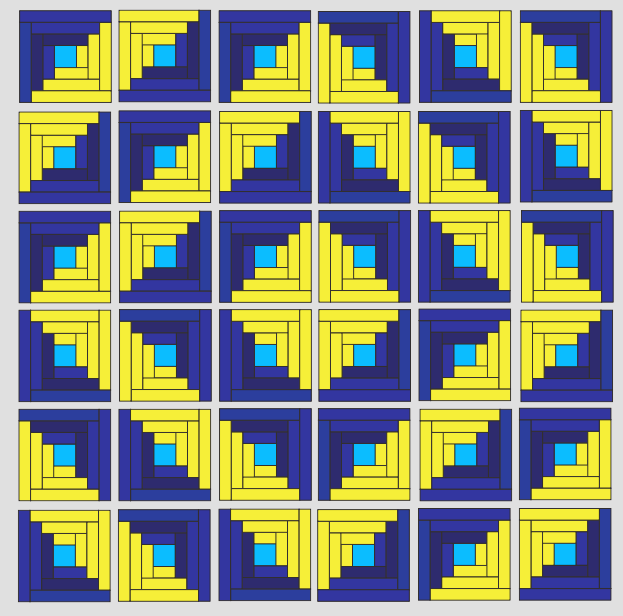
Diagram
Piece backing fabric if necessary. Layer quilt top, batting and backing. Quilt as desired. Bind quilt.

















